We guarantee you reliable, accurate information from a tiny, energy-independent sensor.
You’ll be able to control the flow of equipment, consumables, patients, water and temperatures in complete safety.

Quick installation:
Made in Europe, it combines size and autonomy to adapt perfectly and durably to the environment of a healthcare facility.
It can inform you about temperature deviations, the location of your equipment, a water leak, humidity level, CO2 level, or even the risk of legionella or steam cleaning detection.
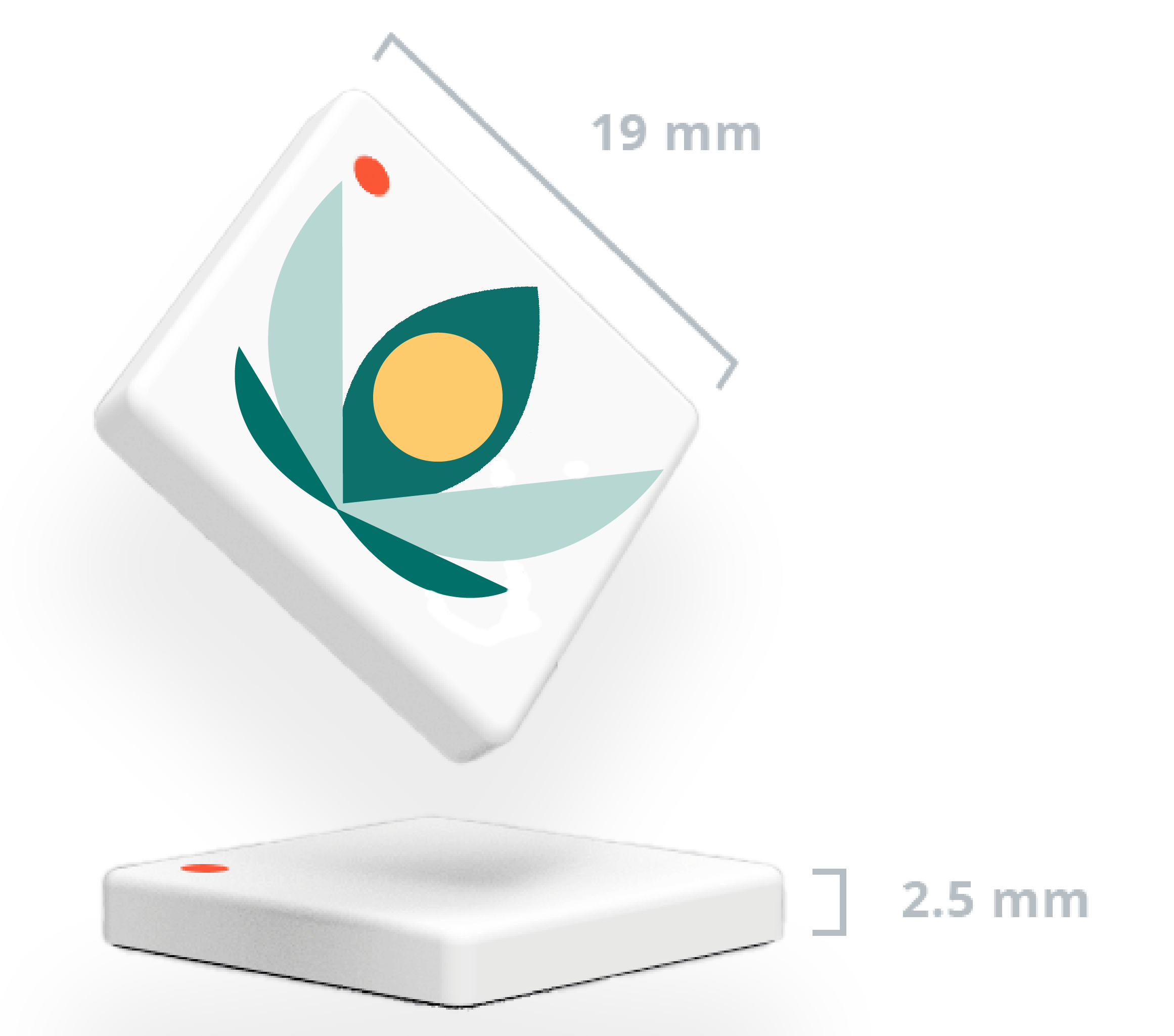

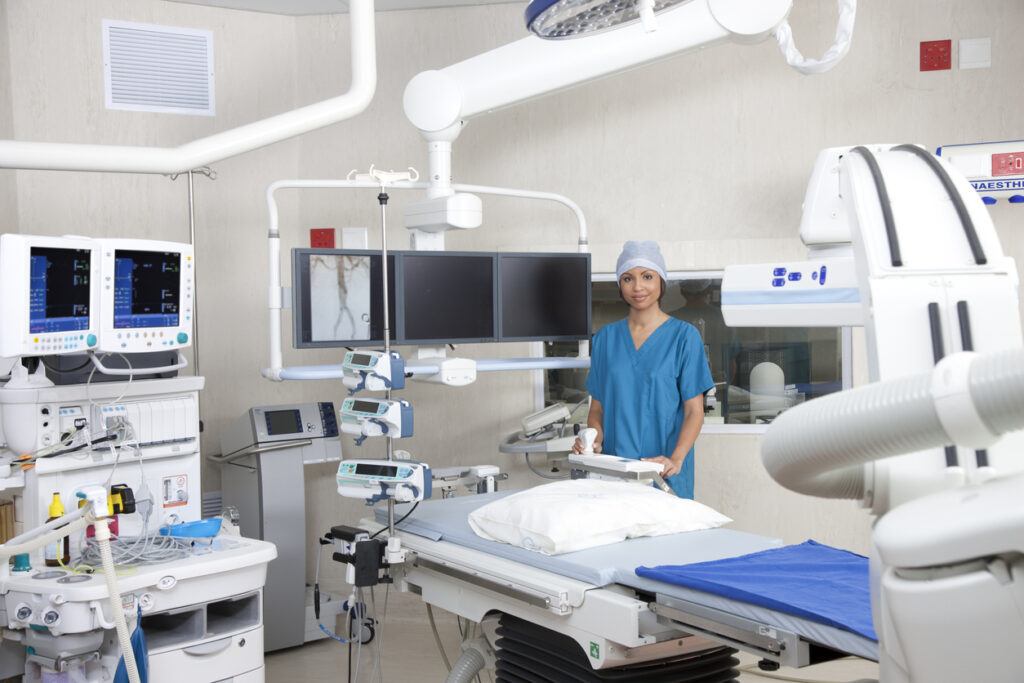
Efficiently monitor your equipment fleet, offering a simplified daily routine for healthcare heroes.
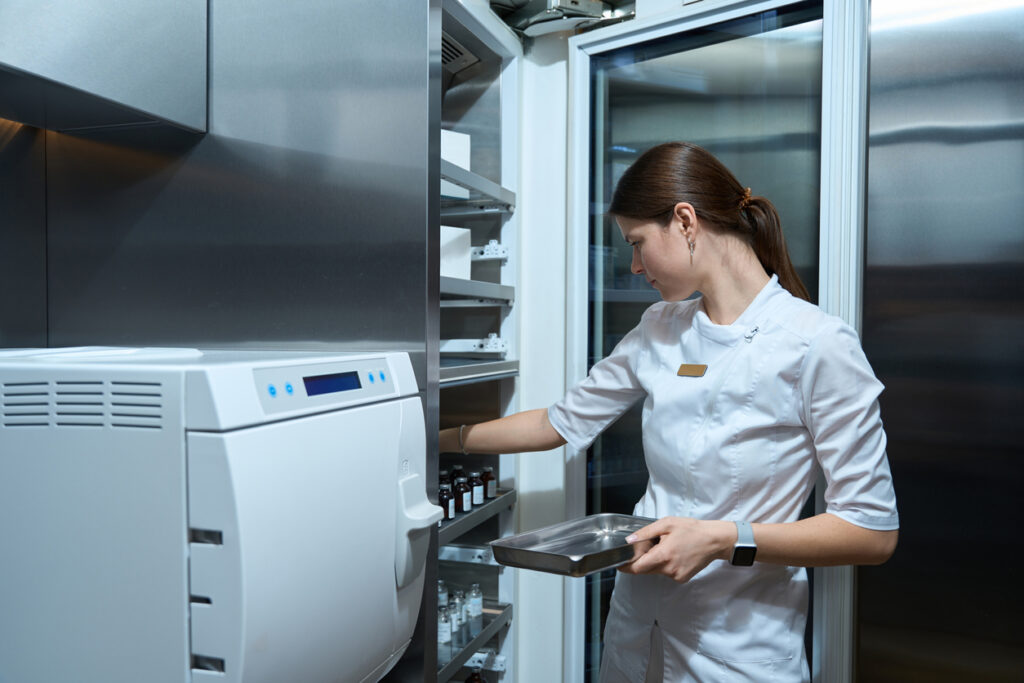
Ensure autonomous temperature traceability throughout the storage and transport of your products.
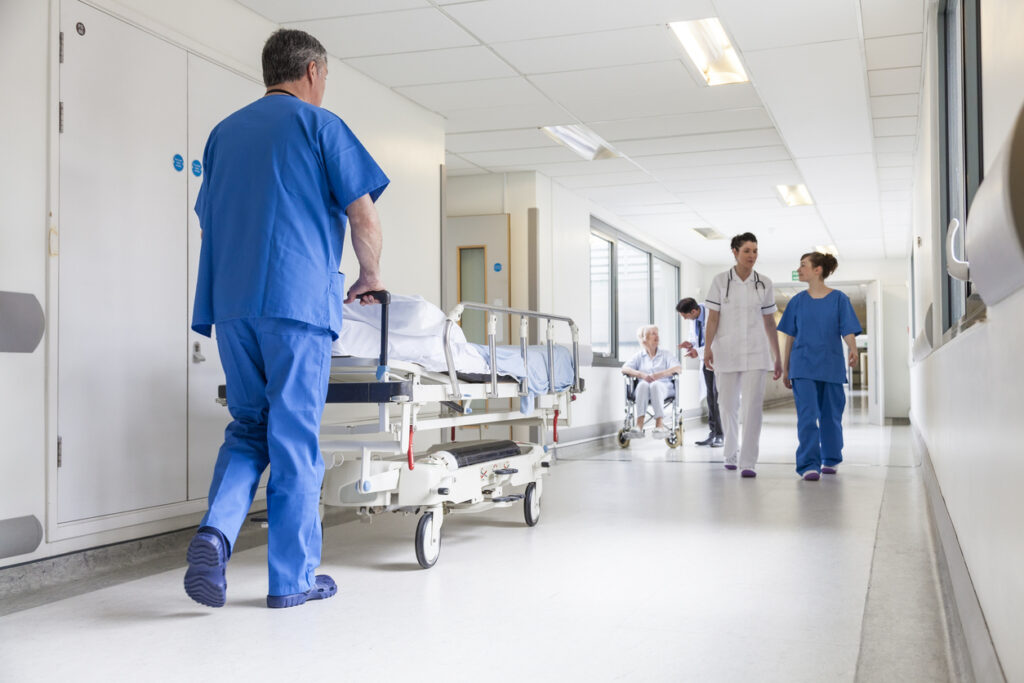
Optimize healthcare through the geolocation of your patients to improve operational efficiency.
Composed of innovative technological building blocks adapted to each hospital sector
From identification of requirements to implementation support and user familiarization
Your hospital is unique. Our role is to bring you the most value from the resources at your disposal
We build long-term projects with our customers.
Every solution we implement is high-performance, reliable, sustainable and tailored to users’ needs.
We apply our expertise to help you become more efficient, so that you can concentrate on your core business.
In January 2023, we equipped the 70,000m² of the William Morey Hospital Center in Chalon-sur-Saône.
The aim optimize equipment management and patient care.
The constraints expressed: to generate no additional maintenance for the agents or usage constraints for the users.
Nine months later, with 2,000 connected devices, the assessment is positive:
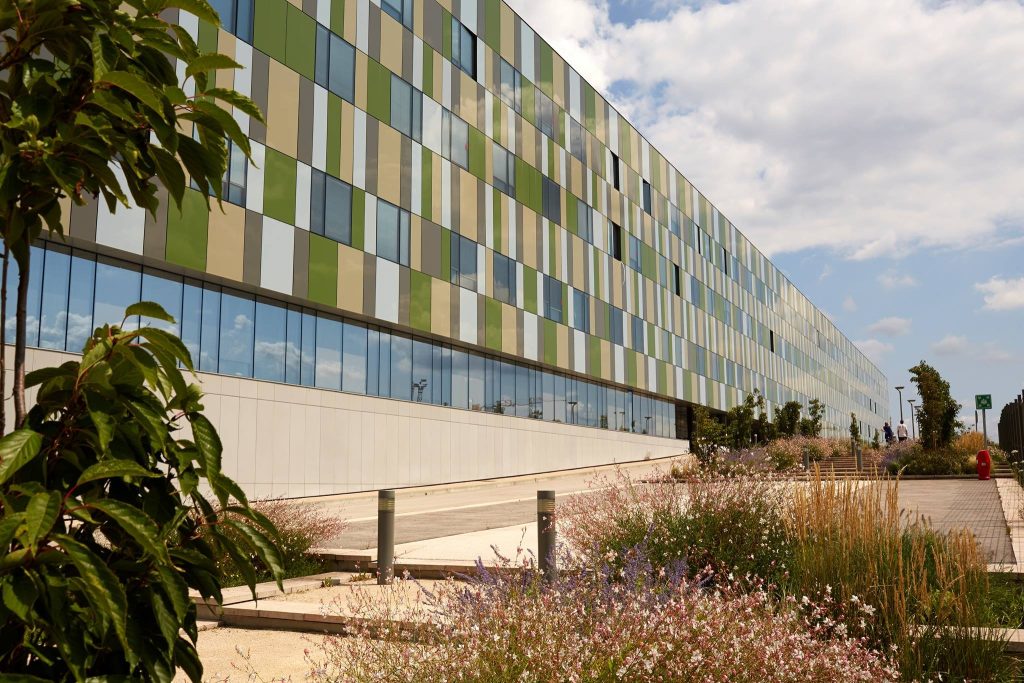
Connected management tools
for hospitals
Follow us
Superwyze continuously invests in R&D to provide the best solutions to meet the needs of healthcare establishments. We would like to thank the Auvergne-Rhône-Alpes Region, for its support in our development by providing financial assistance to advance our projects